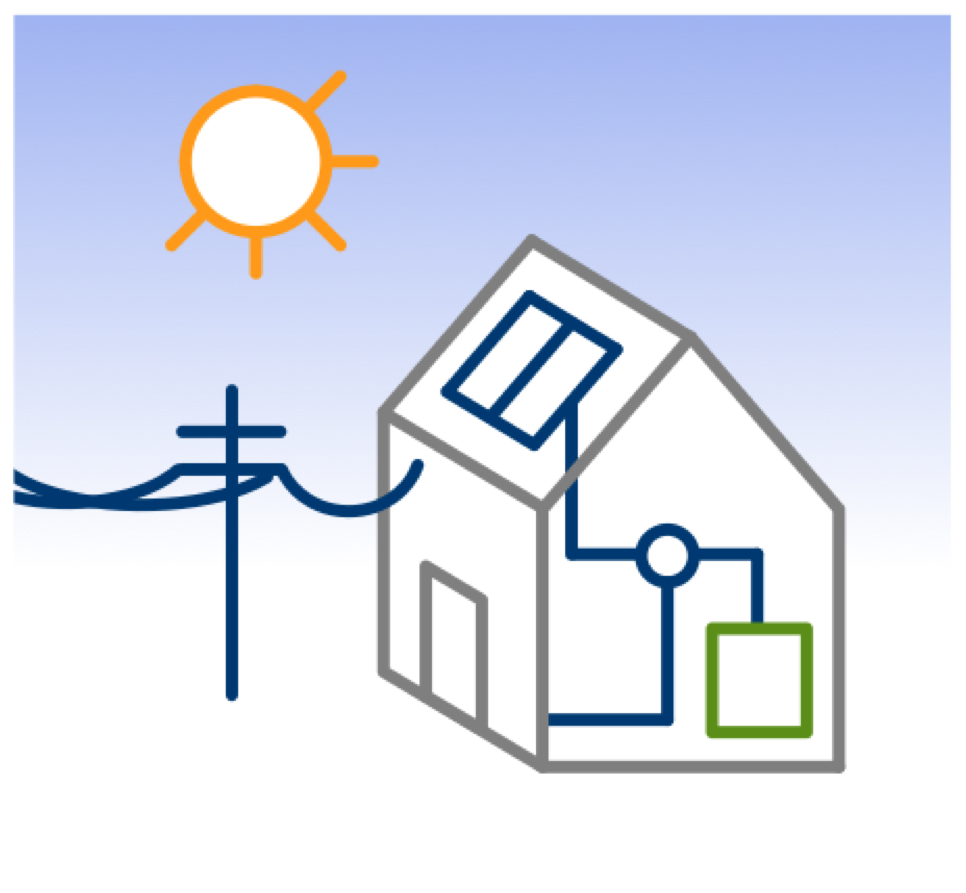MIT Prof. Donald Sadoway thinks he’s found a way to build electric-grid-scale batteries out of dirt.
Electric utilities complain solar and wind power are not baseload, capacity, energy sources because they are intermittent. You know, if they weren’t busy running up cost overruns that could easily exceed the entire annual budget of the state of Georgia, maybe the utilities could solve this problem. Meanwhile, Prof. Sadoway, instead of looking for the snazziest coolest most efficient new method of energy storage, defined the problem in terms of the market:
the demanding performance requirements of the grid, namely uncommonly high power, long service lifetime, and super low cost. We need to think about the problem differently. We need to think big. We need to think cheap.
Then he set parameters on the solution:
If you want to make something dirt cheap, make it out of dirt. Preferably dirt that’s locally sourced.
 He cast about for possible precedents and found aluminum smelting gave him some ideas for using low density liquid metal at the top, high density liquid metal at the bottom, and molten salt in between. Choosing the right metals is the trick, which he thinks he’s found: magnesium at the top, and antimony at the bottom.
He cast about for possible precedents and found aluminum smelting gave him some ideas for using low density liquid metal at the top, high density liquid metal at the bottom, and molten salt in between. Choosing the right metals is the trick, which he thinks he’s found: magnesium at the top, and antimony at the bottom.
Is Sadoway right? Will his battery work at grid scale? I don’t know. But he’s asking the right questions, and it’s worth a try.
As Kyle Sager wrote for Heliocurrent 4 May 2012, Renewable Storage: Leave it to MIT,
Has Dr. Sadoway achieved the holy grail of renewable energy? Judge for yourself. Our attention is compelled by the degree of his certainty and the seeming simplicity of the approach. Watch MIT’s Donald Sadoway explain his vision here (link).
Seems to me there are at least two major approaches:
Continue reading














